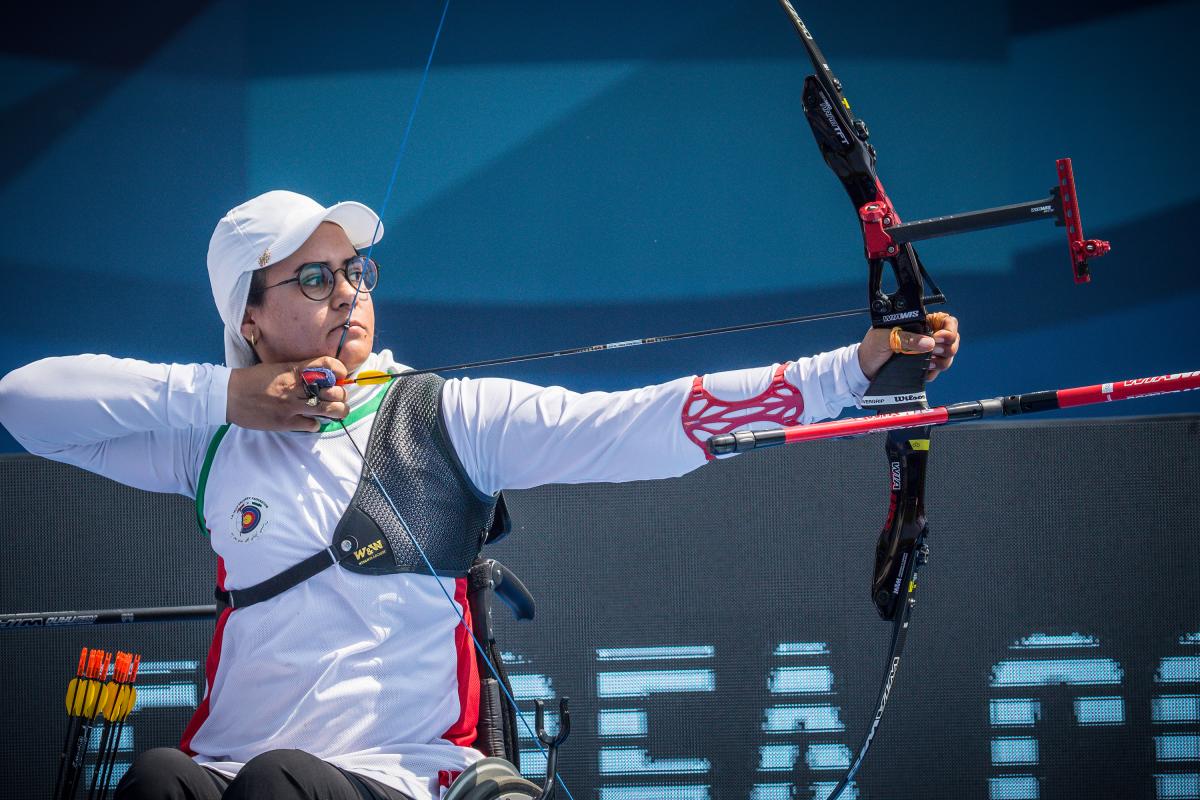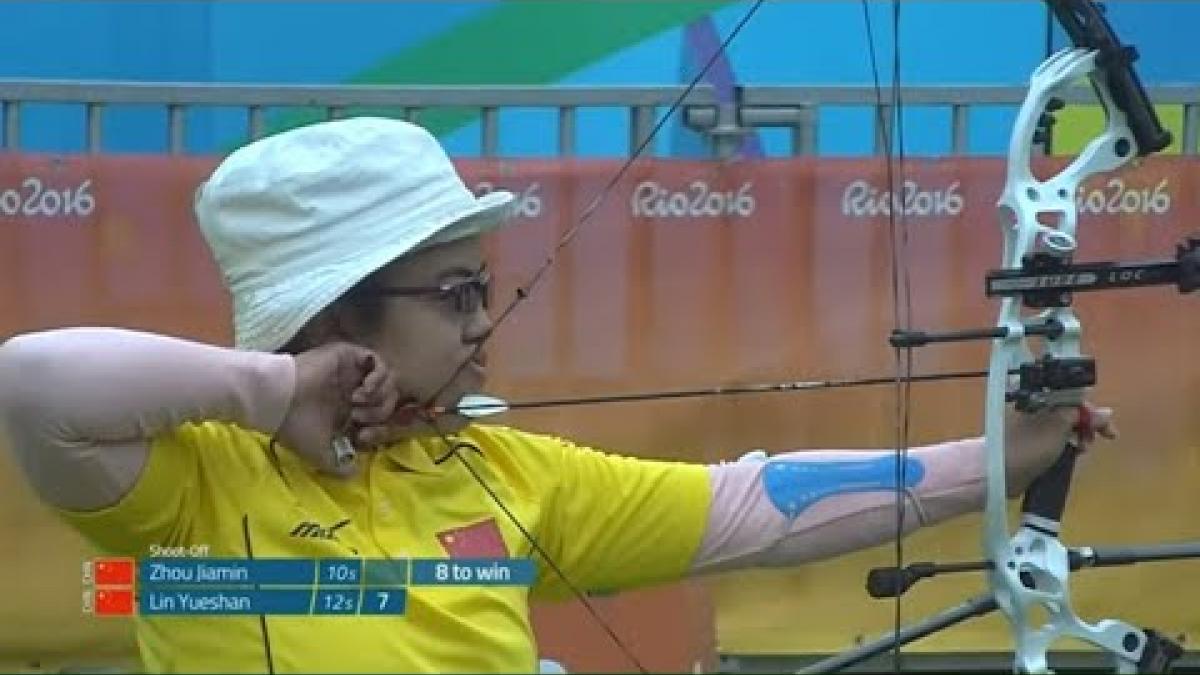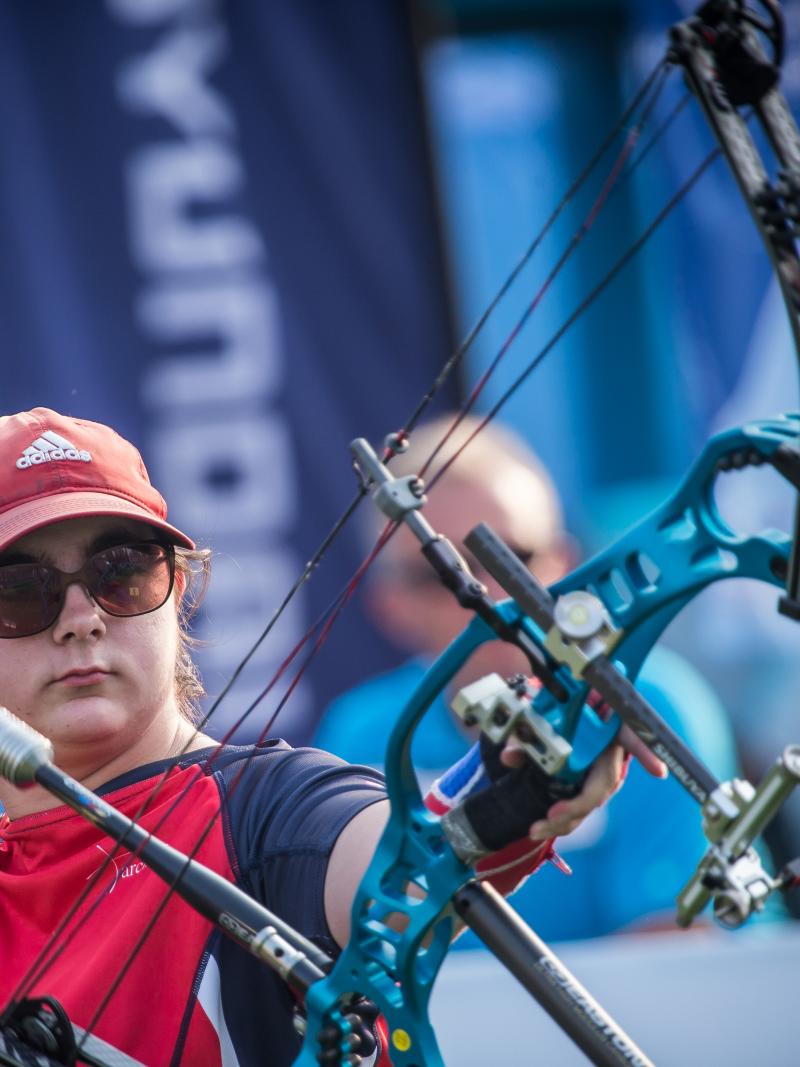‘s-Hertogenbosch 2019: Beginners’ guide to Worlds
Total of 292 athletes from 52 countries target Worlds medals 03 Jun 2019
Two-time world champion Zahra Nemati will defend her crown at ‘s-Hertogenbosch 2019
The largest World Para Archery Championships in nearly two decades is underway in ’s-Hertogenbosch, Netherlands; with nearly 300 athletes from 52 countries participating. World titles will be at stake and will set up the momentum for the Tokyo 2020 Paralympics, as the competition also acts as the primary qualification tournament for the Games.
Eighty places for Tokyo 2020 will be available.
FACTSHEET
Venues: The Dukes (qualification and elimination) and Parade (finals)
Dates: 3-9 June
Number of athletes: 292 from 52 countries (67 recurve men open, 36 recurve women open, 79 compound men open, 50 compound women open, 30 W1 men, 13 W1 women, nine vision impaired 1, eight visually impaired 2/3)
Medals: 16
SCHEDULE
Monday 3 June: Qualification
Tuesday 4 June: Qualification and eliminations
Wednesday 5 June: Eliminations, vision impaired finals
Thursday 6 June: Eliminations
Friday 7 June: Tokyo 2020 Paralympic Games secondary qualification tournament
Saturday 8 June: Compound open and W1 finals
Sunday 9 June: Recurve open finals
REIGNING WORLD PARA CHAMPIONS
The last World Championships were in 2017 in Beijing, China; No W1 women’s team or vision impaired titles were awarded then.
INDIVIDUAL
Recurve men open: Zhao Lixue (CHN)
Recurve women open: Zahra Nemati (IRI)
Compound men open: Zhou Jiamin (CHN)
Compound women open: Ai Xinliang (CHN)
W1 men: Jeff Fabry (USA)
W1 women: Jessica Stretton (GBR)
TEAM
Recurve men open team: Russia
Recurve women open team: China
Recurve open mixed team: Italy
Compound men open team: Italy
Compound women open team: Iran
Compound open mixed team: Russia
W1 men team: Turkey
W1 mixed team: Great Britain
STORYLINES
1. Paralympic places: Undoubtedly the biggest storyline is the quest for quota spots at the 2020 Paralympics. An incredible 80 of the 140 places for the competition at Tokyo are available this week.
2. World title number three? Zahra Nemati, the two-time Paralympic champion, is also a two-time world champion, defending her crown from 2017 in Den Bosch this year. She was the only Paralympian in 2016 to also compete at the Olympic Games in Rio de Janeiro.
Nemati is staying in ’s-Hertogenbosch for two straight weeks, competing at the Para championships at the Hyundai World Archery Championships – and she has a chance at winning places for both the Olympic and Paralympics in Tokyo 2020 again.
3. Five of the six: All but one of the Paralympic champions from Rio 2016 are shooting at these Worlds. Great Britain’s John Walker is the only one missing. Another Brit, Jessica Stretton, has moved to the compound women’s open category from the W1 division in which she took gold in Brazil.
4. Gold, again? Alberto “Rolly” Simonelli is one of the best compound archers to come out of Italy. But he is not got a great record in finals. Since winning the world champion title in Stoke Mandeville in 1998, Rolly has had a bunch of silver medals – including at the Donaueschingen 2015 World Archery Para Championships and the Paralympic Games in 2008 and 2016.
FAVOURITES
Here are the world ranked No. 1 archers in each individual division:
Recurve men open: Sergey Khutakov (RUS)
Recurve women open: Zahra Nemati (IRI)
Compound men open: Marcel Pavlik (SVK)
Compound women open: Stepanida Artakhinova (RUS)
W1 men: David Drahoninsky (CZE)
W1 women: Jo Frith (GBR)
Visually impaired 1: Matteo Panariello (ITA)
Visually impaired 2/3: Steve Prowse (GBR)
COMPETITION FORMAT
Recurve Para athletes shoot at 122cm targets set 70 metres away, with 10 scoring zones. Competition starts with a 72-arrow ranking round, used to seed athletes, and is followed by knock-out elimination matches resolved using the set system.
In the set system, athletes shoot sets of three arrows. The highest-scoring athlete in each set receives two set points; a draw awards one set point to each athlete. The first athlete to accrue six set points wins the match. (Teams shoot sets of six arrows and mixed teams shoot sets of four arrows, two per athlete. The first team or mixed team to secure five set points wins the match.)
Compound and W1 Para athletes shoot at 80cm targets set 50 metres away, with 10 scoring zones (the outer four are removed for compound archers). Competition starts with a 72-arrow ranking round, used to seed athletes, and is followed by knock-out elimination matches resolved using cumulative scoring.
Under cumulative scoring, athletes shoot 15 arrows, in five ends of three arrows, and the highest-scoring athlete wins the match. (Teams shoot 24 arrows and mixed teams shoot 16 arrows, two per athlete per end.)
CATEGORIES
Compound open athletes usually have impairment in either the top or bottom halves of their bodies. They compete from a wheelchair, stool or stand and use a standard compound bow.
Recurve open athletes usually have impairment in either the top or bottom halves of their bodies. They compete from a wheelchair, stool or stand and use a standard recurve bow.
W1 athletes have impairment in both the top and bottom of their bodies, compete while seated in a wheelchair and may shoot with either a recurve or compound bow – although there are slightly different equipment restrictions when compared with the other categories.
In the W1 division, archers shooting recurve bows may also use mechanical release aids, while all bows are limited to 45lbs in peak draw weight and may not have peep sights, magnifying scopes or levelling bubbles.






